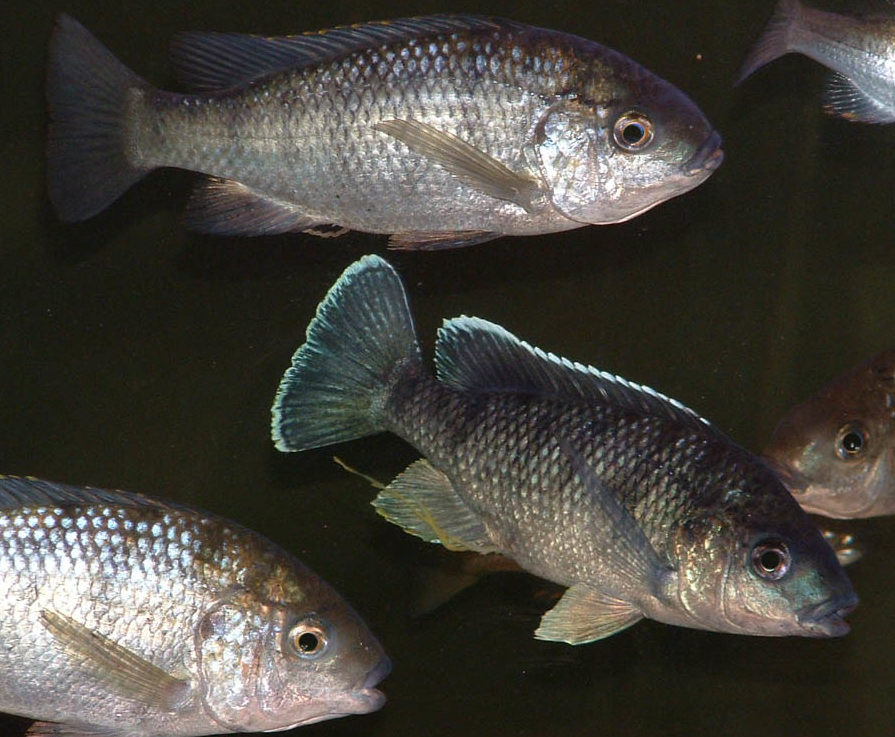Lake Malawi, also called Lake Nyasa in Tanzania and Lago Niassa in Mozambique, contains more species of fish than any other lake in the world. These fishes are a source of food for millions, provide livelihoods for thousands, support eco-tourism and are of great scientific interest. Despite the evident importance of this fish community, there are dramatic signs of overfishing such that fishers are fishing some species close to extinction.

The JRS Biodiversity Foundation supported an IUCN Red List Assessment update of Lake Malawi that found that nine percent of the 458 fish species are at high risk of extinction, threatening local food security. Three of the four species of “Chambo,” one of the most important of the food fishes were found in this assessment to be Critically Endangered. The Chambo fish is a national treasure with its picture on local beers and stamps. Other important fish species for food security are similarly in decline. Overfishing and habitat degradation have decimated populations of the Nchila (Labeo mesops) and Mpassa (Opsaridium microlepis).
Higher species richness in fisheries increases resilience and productivity. Maintenance of species diversity should therefore be a prime objective in fisheries management. Local stakeholders including NGOs and government agencies have actively been working to save these fish species.
The JRS Biodiversity Foundation’s grant making program in Freshwater Biodiversity & Resources aims to increase the access to freshwater biodiversity data and knowledge to support conservation and sustainable development. With the re-assessment and a more current understanding of the state of the fisheries in Lake Malawi, decision-makers will have the power to adapt policies and practices to preserve these important fish species. Recently, the IUCN published scientific information and assessment data of the Red List assessments that can be found here: link. The underlying point occurrence data will be made available through the IUCN Red List (www.iucnredlist.org) and will aim to be published by GBIF in early 2019.
This re-assessment has served to capture changes over the past 14 years since IUCN performed the first comprehensive Red List Assessment for Lake Malawi. Through multi-sector and diverse stakeholder input with Malawi Department of Fisheries and others, the IUCN team is ensuring that the data are relevant to decision-makers’ needs. Over the course of the project, IUCN and local partners will now identify a network of Key Biodiversity Areas and make data accessible to decision-makers. Key Biodiversity Areas are areas that contribute significantly to the global persistence of biodiversity. The Global Standard for the Identification of Key Biodiversity Areas (IUCN 2016) set out globally decided criteria for identifying KBAs that are assessed through a collaborative multi-stakeholder consultative process. More information on the JRS supported project can be found here.

